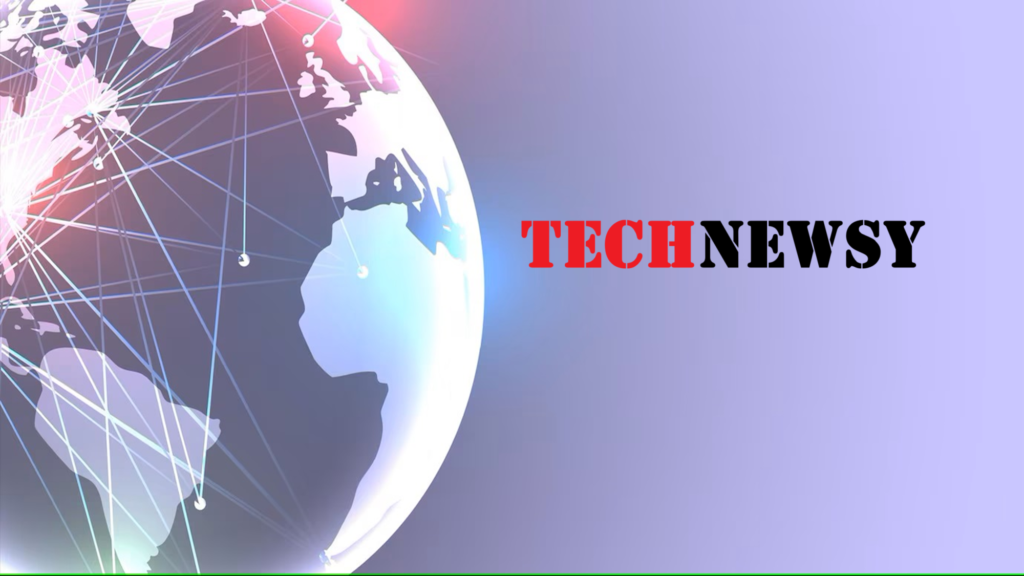Comprehending the Metaverse

Karen Strack, SVP, Brand Strategy, Marketing & Customer Experience, Unibail-Rodamco-Westfield
The Metaverse is becoming an increasingly popular space for companies to explore, with fashion brands and even financial institutions tapping into this new realm. The potential for creating unique and interactive experiences for customers is vast, with analysts predicting that consumers will spend four hours a day in the Metaverse within five years. The growth of NFTs, virtual goods, payment methods, and marketplaces is fueling a Meta-economy that is evolving quickly, though there will inevitably be failures along the way. The fashion industry is particularly interested in the Direct to Avatar model, with skins providing a way to create brand awareness in the digital world without the need for a fully immersive experience. Companies that successfully engage their core customers in the Metaverse, such as VansWorld and PC World, are finding that tying NFTs back to exclusive physical products creates an intersection between the physical and digital realms that can be highly profitable. As the Metaverse continues to grow, companies need to understand their demographic and where their audience is today in order to create memorable experiential opportunities for their customers.
The Metaverse is rapidly gaining popularity, and understanding your target audience is crucial for making a lasting impression with your introduction to this virtual world. Analysts predict that within the next five years, consumers will spend an average of four hours per day in the Metaverse. Generation Z is expected to spend even more time, and Generation Alpha will grow up within the Metaverse, driving demand for experiences, virtual products, NFTs, payment methods, and marketplaces.
This new arena is rapidly evolving, with numerous opportunities for learning. Converse Conversation is taking hold, the narrative is changing quickly, and every success story will be accompanied by multiple failures. NFTs were a $25 billion market in 2021, OpenSea generates over $3 billion in revenue each month, and Fortnite earned over $5 billion in transaction fees from virtual goods alone.
The growth of the Meta-economy shows no signs of slowing down. While it is unclear what types of products companies like UPS will deliver within the Metaverse or if JP Morgan’s affluent clients have even created their avatars yet, one thing is certain: the Metaverse presents new experiential opportunities to engage customers. As such, brands must stay ahead of the curve and leverage these opportunities to provide a unique, immersive experience to their target audience.
Nowadays, the Direct to Avatar [D2A] is the next to the Direct to Customer [D2C]. For fashion, avatars will be the extension of the customer and shopping will be through the metaverse shops.
While adoption of the Metaverse is slow, the Metawork force is rapidly expanding, and more industries are joining in. Meta-health is at the forefront of this trend, and Meta-Societies are already present. Seoul, South Korea, for instance, will have the first full digital twin built in the Metaverse by 2024. The Meta-Economy is doubling year over year, and the potential for growth is enormous.
If you haven’t yet explored one of the many Metaverse platforms available, now is the time to do so. Create your Avatar, represent the best version of yourself, and start exploring. Put down your phone, immerse yourself in this new world, level up, and have fun. The opportunities are limitless.
Read the Full Article from Source






